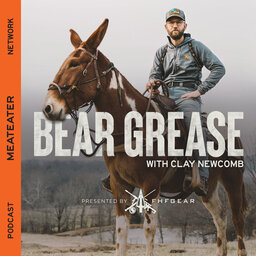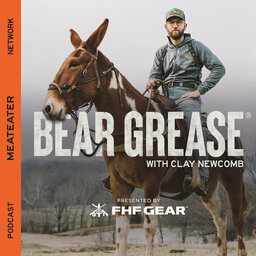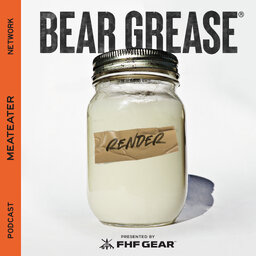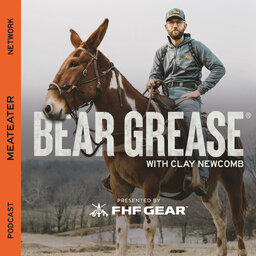Ep. 239: Battle for the Buffalo - A River's Erased Civilization
In 1972, the Buffalo River in northern Arkansas was designated the nation's "First National River" - a celebrated act of Utilitarian Conservation. But in the process, 2,000 families along the river were stripped of their generational land by eminent domain. In this episode of the Bear Grease podcast, listen along as Clay Newcomb tells the story of these people consigned to oblivion and the sacrifices forced on them to create these public lands. Follow 78-year-old local Willard Villines on a mule ride through the wilderness as he shows Clay the forgotten homesteads of family members, and even the remains of the home that was his birthplace.
Clay speaks with Misty Langdon, a descendant of these families and creator of The Remnants Project, which documents the history of Newton County, and Dr. Brooks Blevins, Ozark historian, author, and hillbilly, describes the dirty work of "progress."
Connect with Clay and MeatEater
Clay on Instagram
MeatEater on Instagram, Facebook, Twitter, Youtube, and Youtube Clips
MeatEater Podcast Network on YouTube
Shop Bear Grease Merch
 Bear Grease
Bear Grease


